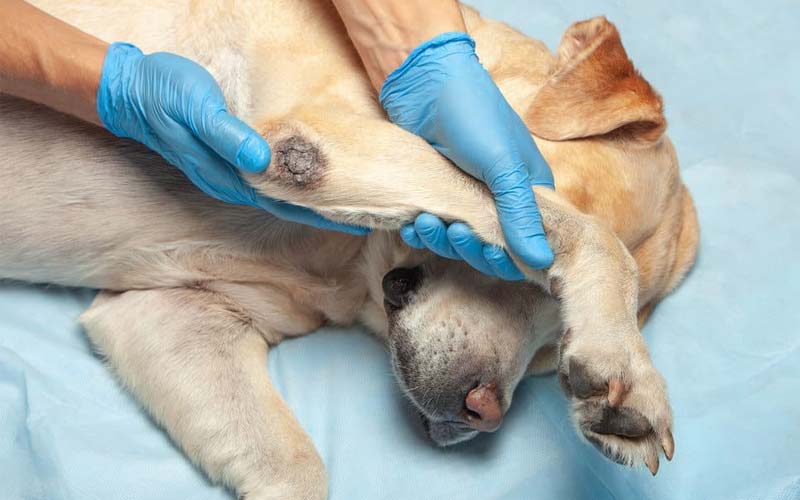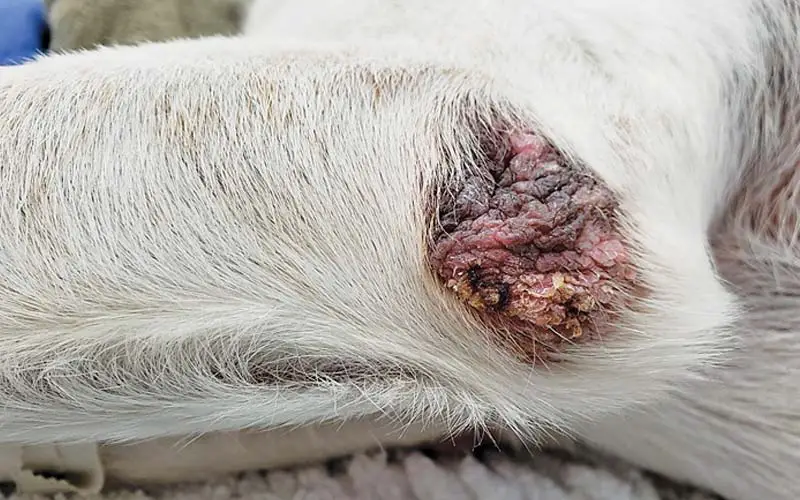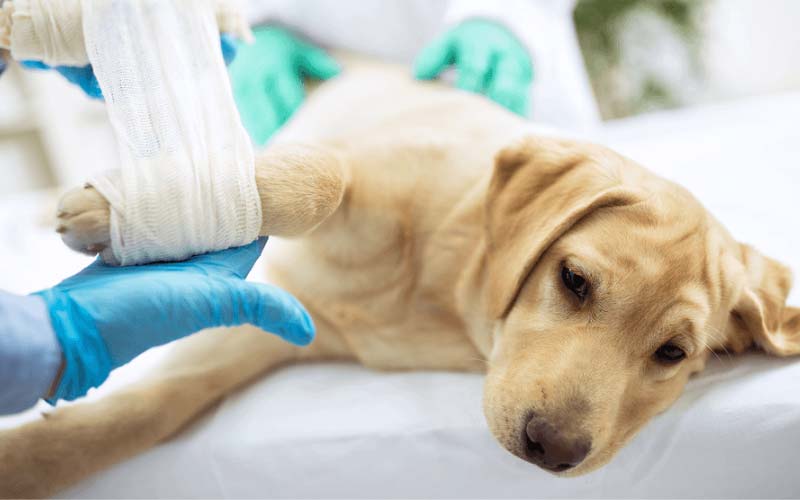Elbow hygromas are a prevalent condition that affects many dogs, particularly those with large and heavy breeds. If you’ve noticed a fluid-filled swelling on your dog’s elbow, chances are it’s a hygroma. In this comprehensive guide, we’ll delve into the causes, treatment options, and preventive measures for elbow hygromas in dogs. Whether you’re a concerned dog owner or a veterinary professional, understanding this condition will help you provide the best care for your furry friend.

1. Causes of Elbow Hygromas in Dogs
Elbow hygromas typically develop due to repeated trauma or pressure on a dog’s elbows. Large or heavy breeds are more prone to this condition, as they often place significant weight and pressure on their elbows while lying down. The repetitive pressure causes inflammation and fluid accumulation, resulting in the characteristic swelling. Rough surfaces, such as hard floors or concrete, can exacerbate the problem.
2. Treatment Options for Elbow Hygromas
When it comes to treating elbow hygromas, early intervention is crucial to prevent complications and promote healing. Here are some commonly employed treatment options:
- Conservative Management: In mild cases, conservative management may be sufficient. This involves providing soft, well-padded bedding to alleviate pressure on the affected area. Regular monitoring is necessary to ensure the hygroma doesn’t worsen or become infected.
- Aspiration: If the hygroma is large or shows no signs of improvement, your veterinarian may recommend aspiration. This procedure involves draining the accumulated fluid using a needle and syringe. However, it’s important to note that aspiration alone may not address the underlying cause and could lead to recurrence.
- Bandaging and Padding: To promote healing and prevent further trauma, bandaging and padding the affected elbow may be necessary. This approach helps distribute weight evenly and protects the hygroma from additional pressure.
- Surgical Intervention: In severe or chronic cases, surgical intervention may be required. The procedure involves removing the fluid-filled sac, followed by surgical reconstruction of the affected area. Surgery aims to prevent further fluid accumulation and promote healing.

3. Preventing Elbow Hygromas in Dogs
Prevention is always better than cure, and this holds true for elbow hygromas. Here are a few preventive measures you can take to minimize the risk:
- Provide Appropriate Bedding: Ensure your dog has a well-cushioned bed or mat that offers support and protection from hard surfaces.
- Regular Exercise: Regular exercise helps maintain healthy body weight and muscle tone, reducing the likelihood of excessive pressure on the elbows.
- Weight Management: Keep your dog at a healthy weight to minimize stress on the joints. Consult your veterinarian to determine the ideal weight range for your dog’s breed and size.
- Protective Gear: For dogs engaged in activities that involve lying on hard surfaces, consider using protective gear like elbow pads to prevent trauma and pressure.

Conclusion
Elbow hygromas in dogs can be distressing, but with timely intervention and proper care, they can be effectively managed. By understanding the causes, treatment options, and preventive measures outlined in this article, you’re better equipped to ensure your furry companion’s well-being. If you suspect your dog has an elbow hygroma, consult your veterinarian for an accurate diagnosis and appropriate treatment. Together, we can help our beloved pets live comfortable and healthy lives.